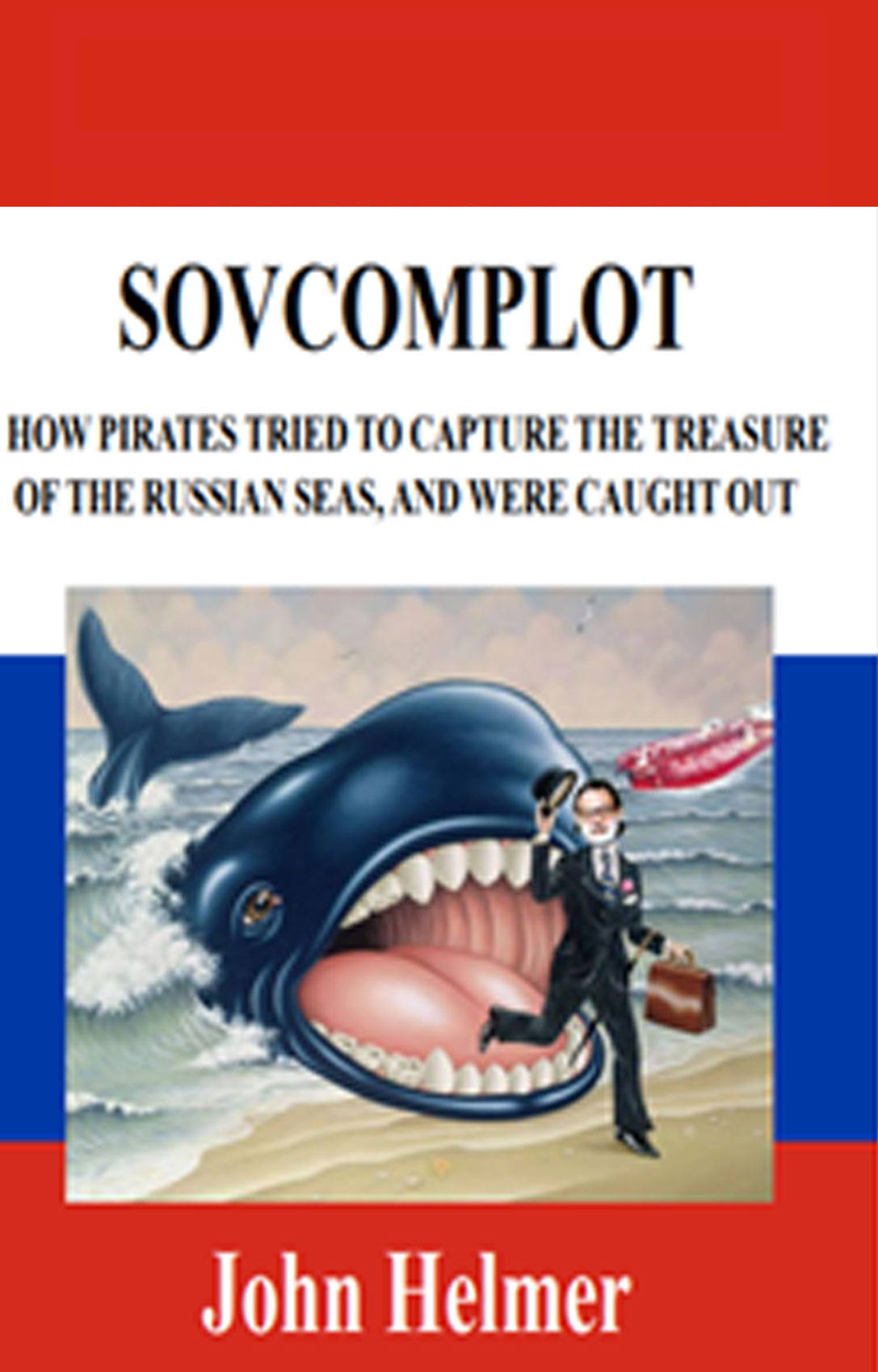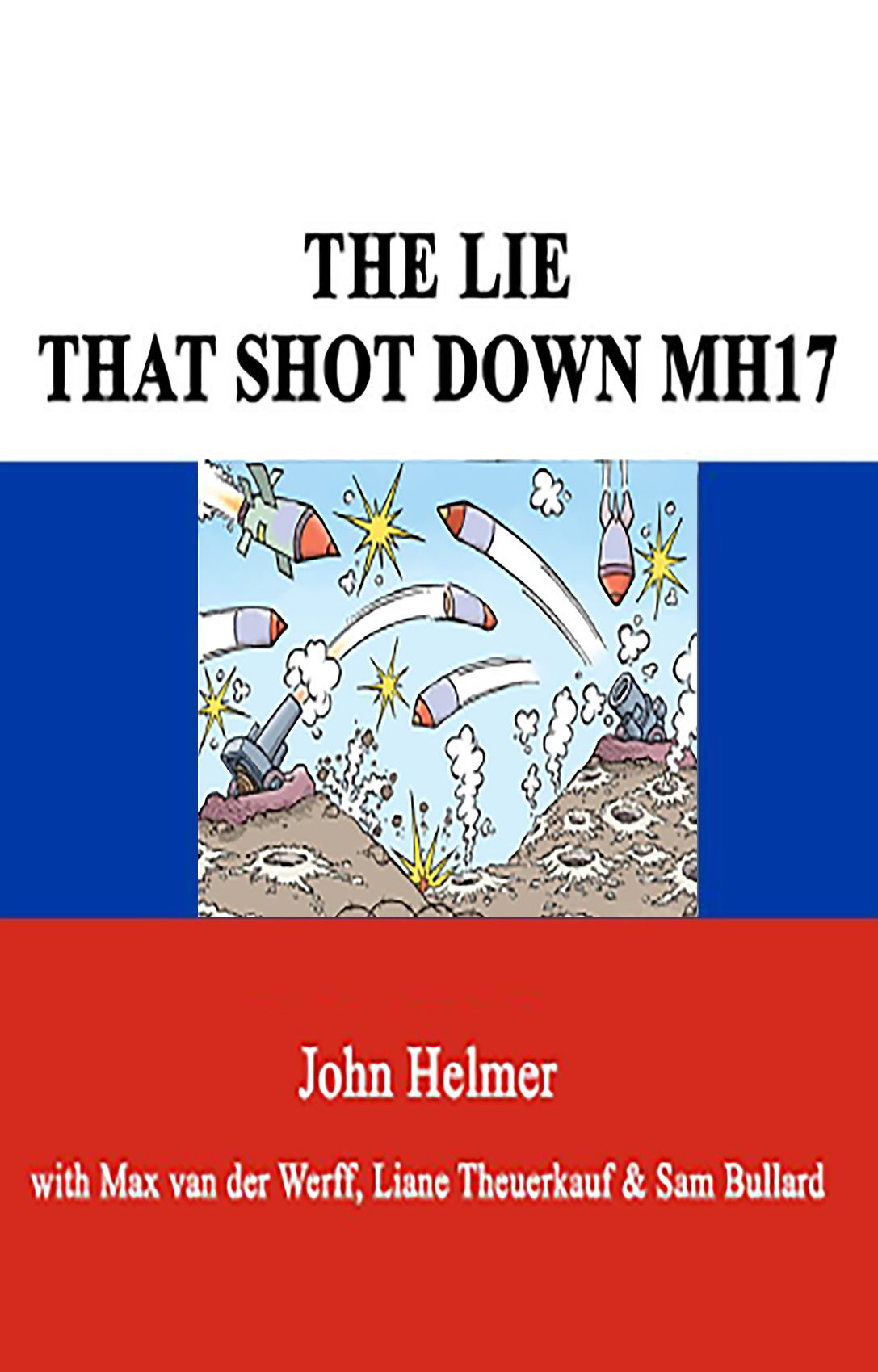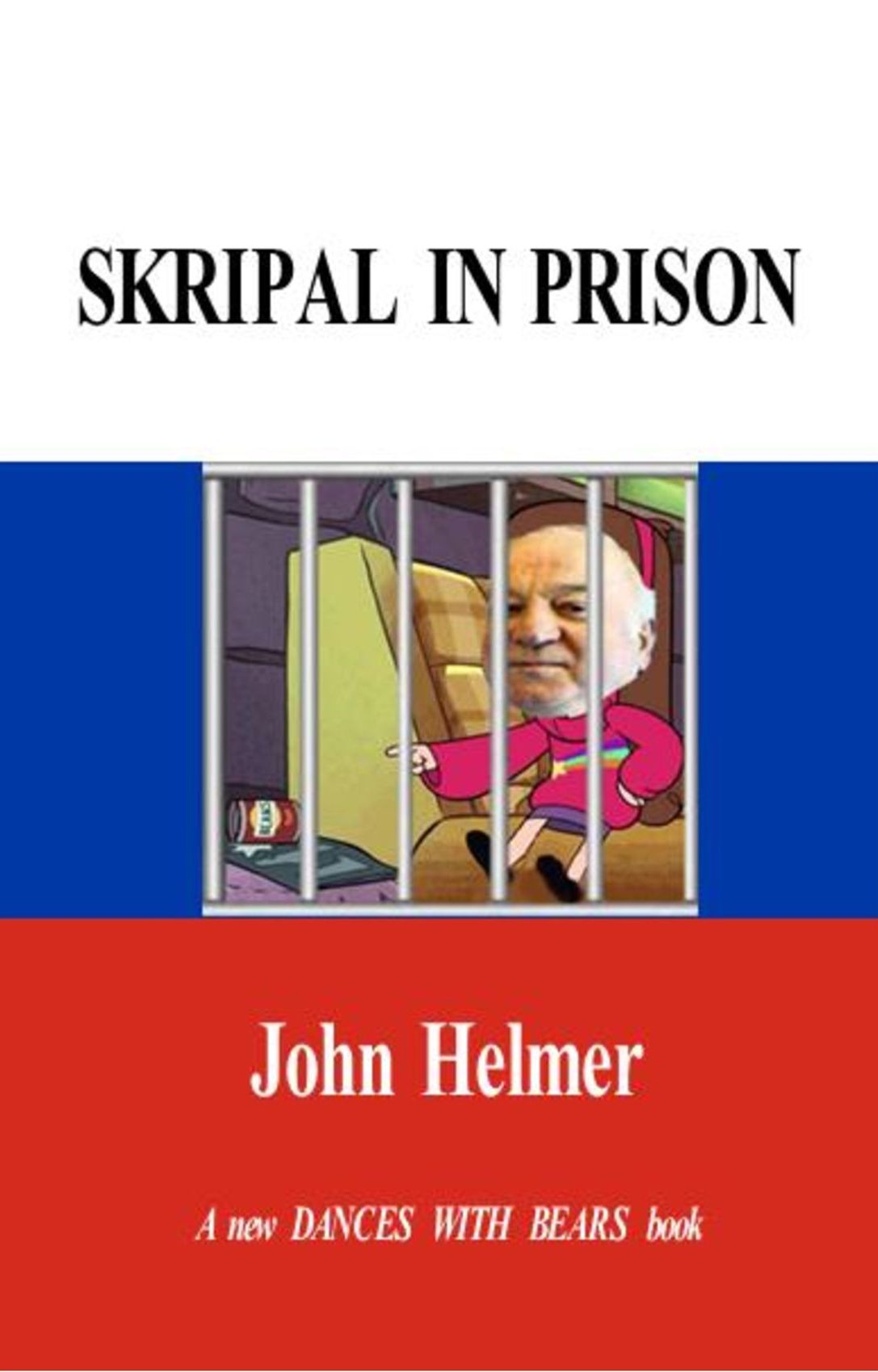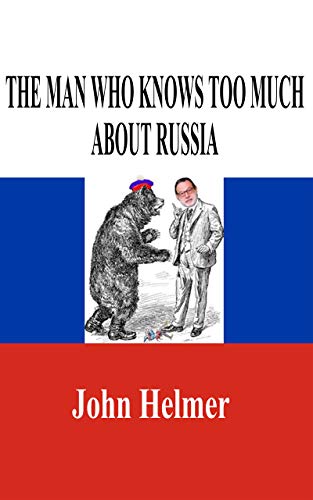By John Helmer in Moscow
BlackRock pays bargain-basement price for Russian gold miner after IPO fails.
The controversial US equity fund manager BlackRock, part-owned by Merrill Lynch, has failed in a bid to keep secret two transactions in which the fund appears to have acquired 34% of the shares of a small Russian gold miner, GV Gold. This follows two failed bids by GV Gold itself to sell its shares to the market this year, through a London initial public offering (IPO).
According to the official notice on November 2 from the Russian government’s market regulator, BlackRock’s UK affiliate has bought 209,000 shares in GV Gold at $80 per share for $16.7 million. The sale-purchase transaction for 10% of GV Gold’s stock values the mining company at just $167 million. That is three times less than GV Gold’s controlling shareholders set as their IPO target in February, and again in May of this year, when their IPO proposal found no-one willing to buy at that price.
On March 27, in an interview in Moscow, GV Gold’s chief executive Sergei Vasiliev told Mineweb he had set a target date for the IPO of “April-May”. Credit Suisse and Renaissance Capital were the nominated advisors and underwriters at the time, according to Vasiliev. He also told Mineweb that the range for share value which had been fixed by GV Gold’s board was between $85 and $103, indicating a market capitalization goal of $400-$450 million.
In January, when Credit Suisse and Moscow investment bank Troika Dialog were advising GV Gold, promotional claims from the company, reported by Reuters suggested that GV Gold was hoping to “raise about $200 million in a share listing in London and Moscow next month [February] that will help boost output at its Siberian mine….” “The initial public offering should enhance the international recognition of the company as well as contribute to the company’s further growth,” GV chairman Sergei Dokuchayev was quoted as saying. “This will be especially important to our strategic plans to increase gold production and ensure the stable growth of gold processing.” Dokuchayev, who controls the Moscow-bsaed Lanta bank, is also the controlling shareholder of GV Gold.
According to Vasiliev, the February placement was a success everywhere except Moscow. “Three-fourths of the book was closed by foreign investors,” he claimed to Mineweb. “But the Russian market didn’t work optimally. Work with [Russian and foreign] investors wasn’t correlated, and we missed the Russian market.” Vasiliev intimated that Troika Dialog was replaced by Renaissance Capital, another Moscow house, for this reason.
The new bank combination also proved unable to execute an IPO. According to Vasiliev “the idea of the IPO was not to attract funds, but to establish a public company.” Referring to London listings for Polyus and Polymetal, the two leading Russian gold miners, Vasiliev told Mineweb: “we monitored [them]. All had a share price fall [after listing]. So we want a stable establishment. Polymetal’s aim [in February] was to attract the money, but we want to be a public listing. So volume [of shares to be sold] will be reduced substantially.”
Initial statements of intention ascribed to Dokuchayev and GV Gold last year had indicated an IPO sale of more than 40% of the shares. Vasiliev told Mineweb in March this had been cut to 25%.
Two months later, on May 23, Yury Humber reported in Bloomberg that GV Gold was still planning an IPO that month. In the meantime, it was reported that 500,000 shares of the company (24% of the shares on issue) had been sold for $40 million. This pricing also indicated that GV Gold had slashed its market value to a third. No IPO materialized, and no notice of the shares has appeared on GV Gold’s website.
On May 29, GV Gold posted an announcement on its website. “Over the last few days, the shareholders of GV Gold held further discussions with the joint book-runners in relation to the IPO of GV Gold. Given the adverse market conditions and feedback from the banks, the shareholders of GV Gold decided to postpone the IPO. GV Gold will continue to focus on implementation of its long-term development programme, i.e. expansion of its reserve base and increase in gold production. In 2007, the company is well on track to produce 3.2 tonnes of gold, repay all bank debt by November 2007 and commence dividend pay-out for 2007.”
According to the regulator’s authorization notice of November 2, the sale to BlackRock of the 10% bloc of shares for $16.7 million had been approved by shareholders on October 1 but nerither the vote nor the subsequent official authorization have been disclosed by the company. Bloomberg’s report of the earlier $40 million transaction and purchase by BlackRock has also gone unconfirmed by GV Gold.
Vasiliev was asked to confirm the sale of shares to BlackRock and the valuation of the company. He replied: “I will not comment on anything for you.” There is palpable embarrassment at disclosure of GV Gold’s pricing, following the earlier failures to go public. Also, BlackRock sought to avoid the implication that it has kept from the international investor market information publicly released to the Russian market. BlackRock’s London office was asked to confirm the scope of its GV Gold acquisition, as officially authorized, and to say whether the purchase of GV Gold shares is the first by BlackRock in the Russian gold sector. Spokesman Emma Phillips told Mineweb: “we do not comment on individual stocks and are not able to help you on this occasion.”
BlackRock is a late arrival at GV Gold’s property; if it has conducted thorough due diligence, it will know that many major international miners have been to the site already, and turned away. Golovets Vysochaishy (“High Hillock”) is a gold deposit located in rugged country of the Irkutsk region, in southeastern Siberia. Near the mine camp of Bodaibo, northeast of Lake Baikal, the site has been prospected since the late 19th century, when the first gold finds were analyzed, and reserves estimated. Soviet geologists produced a fresh report in 1933; but for a time the Stalin’s gold and diamond administration lost interest. Gold was easier and cheaper to pan or dig, even by concentration camp standards, elsewhere. But the real significance of Vysochaishy didn’t escape either Russian or international miners. Along with a string of satellite deposits – Pervenets, Zapadnoye, Verninskoye, and others – Vysochaishy formed part of what the authorities in Moscow considered a single gold mining licence area – and a decade ago, that was called Sukhoi Log (“Dry Gulch”).
With more than 33 million ounces of reserves, according to both Soviet and foreign studies, Sukhoi Log has been the great unmined El Dorado of the Russian gold sector. It remains one of the biggest undeveloped gold deposits in the world. And that is the reason for both foreign and domestic interest in peripheral deposits like Vysochaishy, and in Lenzoloto, which at one time controlled both the Sukhoi Log licence, and Vysochaishy. Lenzoloto lost the former in 1997, and there is no likelihood of its reissue until after the Russian presidential election in March 2008.
According to documents, prepared for Lenzoloto in October 1998, and leaked eight weeks later, Goldfields of South Africa, was one of the majors approached to develop the area’s gold deposits at that time, including Vysochaishy. JCI of South Africa had beaten Goldfields to the site, but no project eventuated. The two Canadian gold miners, Barrick Gold and Placer Dome, were also active in pursuit of the deposits. Placer Dome subsequently abandoned all Russian interests, while Barrick went on to acquire minority stakes in Celtic Resources and Highland Gold; it currently exercises de facto control over Highland, but is quietly looking to exit.
No established Russian gold mining group has shown a buying interest in GV Gold to date.
According to the company’s website, gold output in the ten months to October 31 was 84,384 ounces, up 19% on the same period of 2006. In the first three quarters of this year, revenues were Rb1.3 billion ($49 million); after-tax profit was $17.4 million, a gain of 6.4% over last year’s level.











Leave a Reply